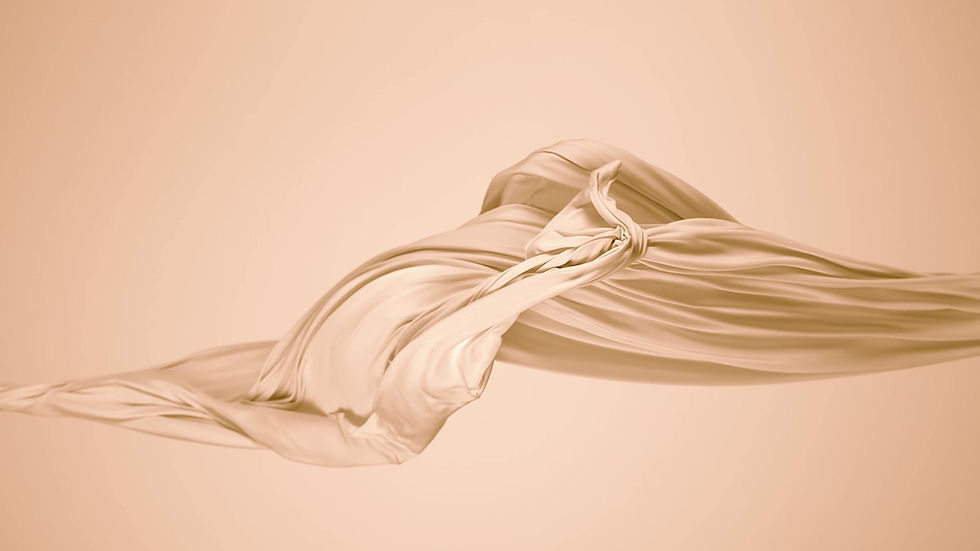



Classes and trainings in
Traditional Thai Massage and Medicine | Vinyasa |Somatic Release | Holotropic Breathwork | Private Chef
Upcoming Trainings



 Thai Massage and The 5 Element SystemRelax Mind and Body
Thai Massage and The 5 Element SystemRelax Mind and Body
 Thai Massage and The Element System for TableCleveland Heights
Thai Massage and The Element System for TableCleveland Heights
Why Thai Massage Training?
In the practice of Thai Massage, the body begins to whisper its truths in silence. With each breath, layers of holding may soften, and sometimes old wounds rise gently to the surface, asking to be seen. Our task as practitioners is not to reach in and change, but to remain steady—like the stillness beneath a flowing river—offering a vessel of presence and care. When the body feels this safety, it opens in its own time, guided by its own wisdom. In these moments, healing is not something we give, but something that unfolds naturally, carried on the rhythm of breath, resting in the spaciousness of stillness.
Learn how to integrate Traditional Thai Medicine wisdom into both bodywork and client self-care. Together, we’ll weave traditional knowledge with practical applications that enhance your current massage practice.
In this course you will learn to:
• Apply Thai Five Element Theory to hands-on massage techniques
• Offer lifestyle and self-care recommendations tailored to client needs
• Work with hot compresses to support elemental balance
• Incorporate dynamic stretches along myofascial trains not taught in Swedish massage
• Build confidence through interactive exercises and elemental explorations


What is the Difference Between Vinyasa and Ashtanga Yoga?
Ashtanga is a disciplined style of yoga brought to the west by K. Pattabhi Jois, it is said to be the classical Indian Yoga. The postures are always practiced in the same sequence and are held for 5 breaths, and unity between breath, gaze and bandhas (core locks) are the physical focus.
Whereas Vinyasa yoga draws from the same postures as Ashtanga it is a more varied and fluid practice often times one breath per posture which is why it is sometimes referred to as a flow. The postures are creatively sequenced to create opening in various parts of the body and the class is set to music.
Cooking Classes

Cook with me on Zoom
Sometimes we just want company in the kitchen. Each week I create a new recipe to share on zoom and make with you. Lets have fun together and I'll share why eating clean can keep our bodies and minds strong and lean and shining bright. We'll talk about gut health, adaptogens, organic, plant based and many more complex nutrition hot topics while creating dinner together. Book a class by Friday and an ingredient list will be emailed to you for our meet on Mondays at 5pm on the east coast.
